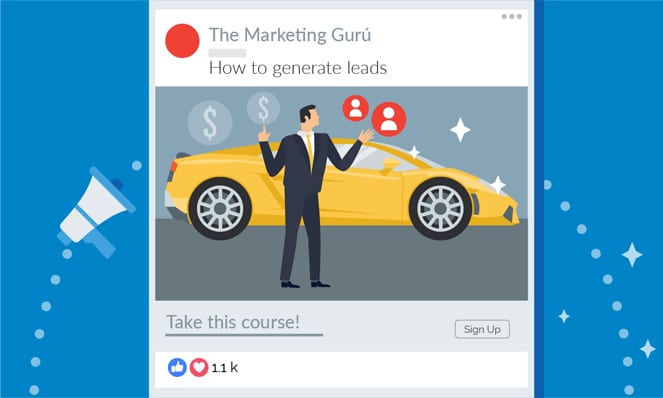How Do You Maximize Marketing?
Despite their small scale, microenterprises have stepped into the digital marketing age in general. Over two-thirds (68.8 percent) market their business online as well as offline. Over half (52.7%) say their online presence is “extremely important” to their marketing activities, while 30.4% claim it is “fairly relevant.”
There is still a long way to go, though. More than one-fourth (28.9 per cent) of surveyed small business owners say they are not selling their business online or offline. And sometimes even those that do sell both ways do not offer coherent branding. Around one-third of micro-business owners believe they would have a “substantial” financial effect on their companies by creating a more clear online and offline marketing identity and one-fourth think it would have a “significant” effect.
Having it all work starts with a process of determining what good outcomes look like and finding the most successful ways to achieve those results. This means making every marketing touchpoint, post, and published asset count, for business leaders, so you know you’re getting the most bang for your buck. Rather than blindly pouring time and energy into what “will” work, teams need to look inward and find out how they can produce greater value.
Here are a few tips to maximize your marketing:
- Promoting brand image – More than half of surveyed small business owners say business cards are their main print marketing method; it also uses print ads and signage. If you’re marketing online, on social media or in print, a single brand identity needs to be expressed throughout. This means using identical designs, colors and photographs and improving marks and taglines. Last but not least, make sure your print content attracts consumers to your website and social media sites, connects your social media pages to your website, and shows your social media icons prominently on your website.
- Business Website is up to date – In the study, fewer than one-third (32.7 percent) of small business owners say their websites are their primary marketing tool. Even though your website isn’t your main priority, it still needs to be in good shape. Ensure sure the company website is mobile-friendly; most people are looking for local businesses on their smartphones these days, and Google is rewarding mobile-friendly pages with higher rankings in search results.
- Don’t leave it all to Social Media – Social networking is the primary marketing tool that micro-business owners use; 53.3 percent say it’s their main emphasis on marketing. Although social media marketing is relevant, it can leave you vulnerable by putting all your efforts into social media marketing.
- Try Online Advertising – In the study, only 6.6% of micro-business owners identify online ads as a priority for marketing. Online ads, however, can be highly efficient and inexpensive if properly implemented. Since prospective customers are looking for online businesses, having your advertising show up when they are searching for what you are selling can only benefit your business.
- Get Added to Online Directories – Just 5 percent of survey respondents state that online directories are a primary form of marketing. But if your company is one that attracts local customers, it is important that online directories bring customers in your door. Plus, listing your business in local search directories like Google My Business or Yelp is easy (and usually free). Be sure that your business name, address and phone number are exactly the same in all your listings to get the best results from online directories — if they vary only marginally, the search engines will interpret the differences as separate businesses.
Really successful marketing comes from a thought-out combination of strategies and resources. Make every dollar count every minute. Reflect on goals and expectations, rather than what-ifs. Scale what’s working, and drop what isn’t.
Through combining all of your marketing — print, web, and social media — you’ll get better results from any tool you’re using.




